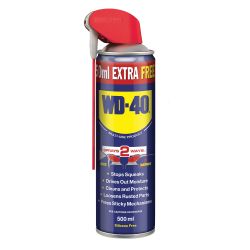How to Remove Rust From Just About Everything
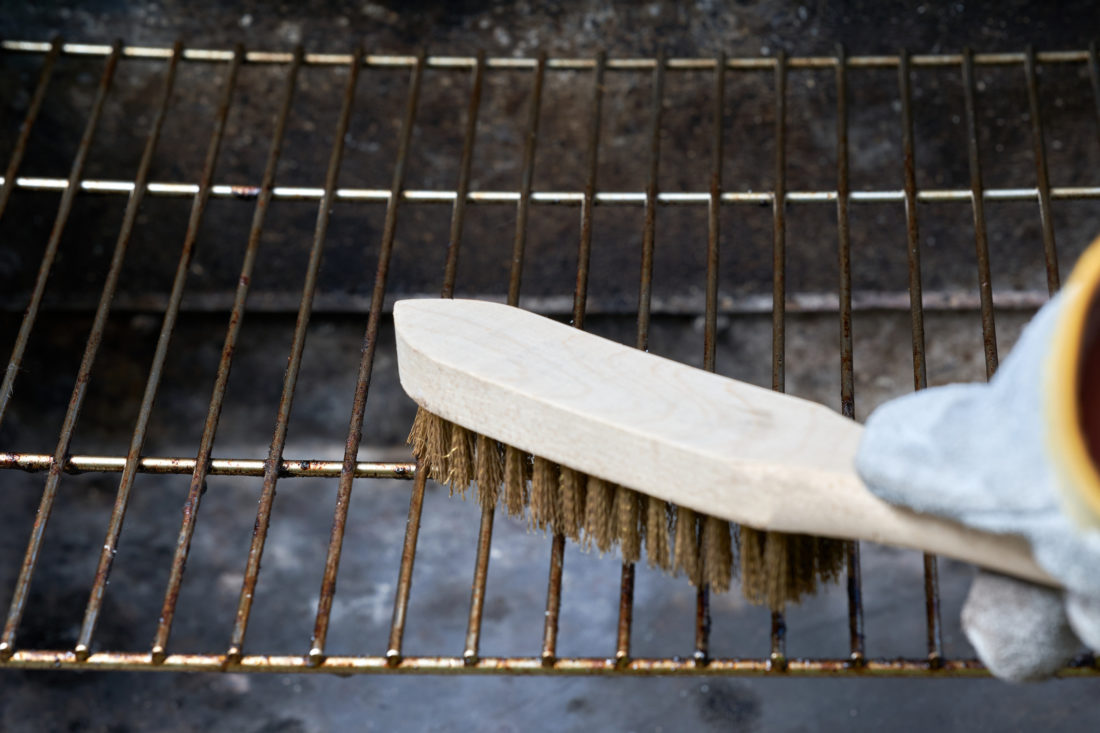
Removing rust from everyday household items can be daunting but it can definitely be done! Do you have tools or items in your home which are in need of saving from rust? Keep reading our all-in-one guide on removing rust from just about everything!
What Materials Are Prone to Rust?
If you've forgotten your Chemistry lecture, we're here to give you a review. Items that rust are those made from iron or iron alloys. When they are exposed to moisture or oxygen, a chemical process called oxidation happens.
During this time, the iron is converted to iron oxide, which has the appearance of a red, flaky substance. The bad news is that it gets worse over time because it also causes the material to expand. When this occurs, the item becomes unstable and brittle. This is why it’s important that once you spot rust, you have to get rid of it right away.
Now, What Household Items or Tools Are Prone to Rusting and How Do You Get Rid of It?
Pipes
Pipes, especially water pipes made from steel, are prone to rust. Drinking water from rusting pipes can also be a health hazard. (This is why it's important to filter your water.)
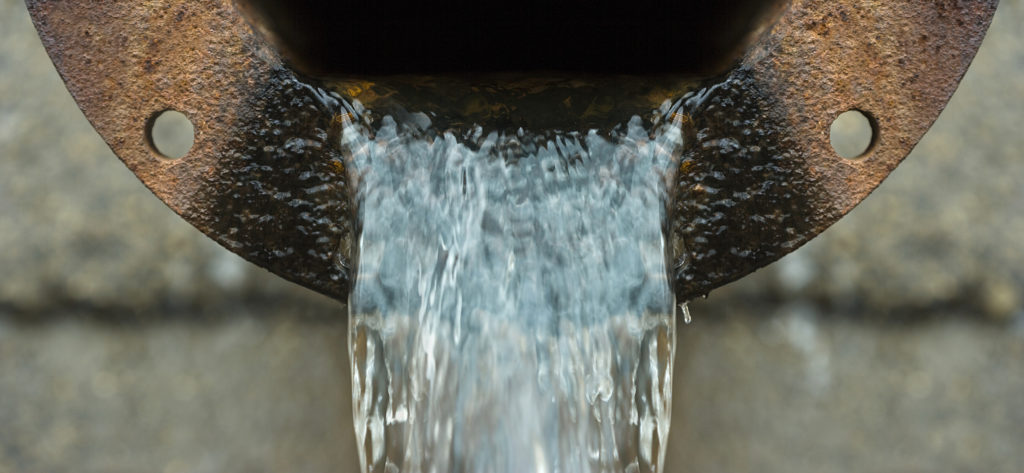
How to Remove Rust From Pipes
- Clean all dirt, grease, grime, or salt deposits from the steel pipe.
- Use heavy-duty cleaner and rags to clean the rust.
- Once that is done, clean the pipe again with mineral or white spirits.
Water pipes aside, if you want to repaint your pipes after cleaning, it is recommended that you sand the pipe and apply primer first.
Car Parts
Unlike other items made from iron, car parts also contain steel alloy, which quickens rust formation.
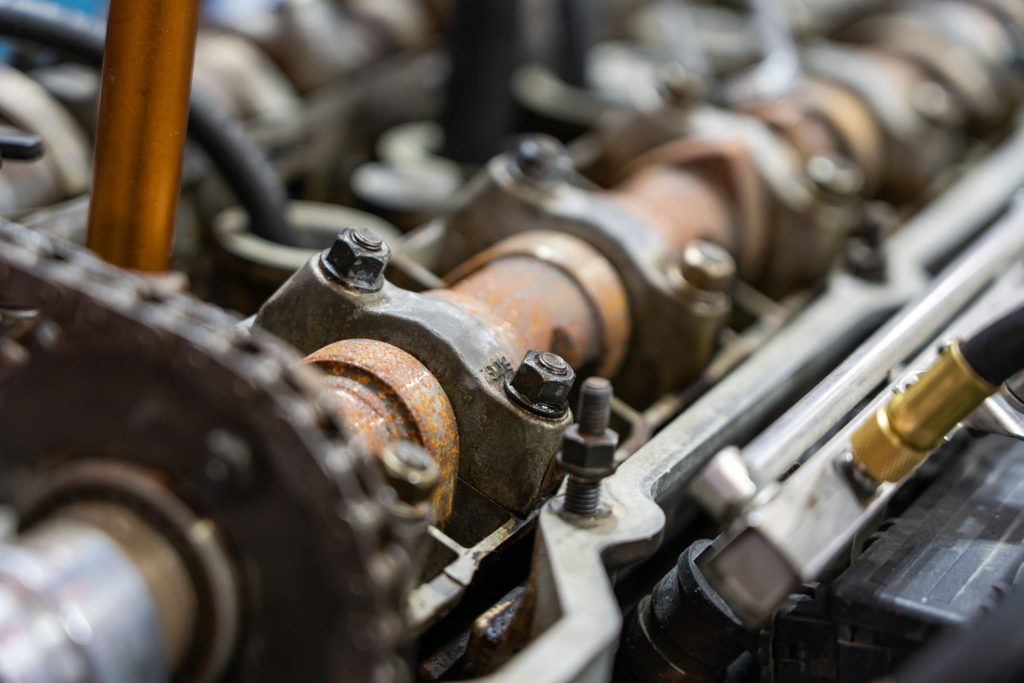
There are also several types of car rust: surface rust and scale rust. For the latter, the strength of the metal has deteriorated, making it difficult to remove the rust and decomposition.
How to Remove Surface Rust From Car Parts
- Use sandpaper or pumice stone to cut through the paint and corrosion.
- Then, apply a rust inhibitor and two coats of rust converter. Just make sure to leave some time in between coats to dry.
- Depending on the part, apply primer and paint for a clean finish.
How to Remove Scale Rust From Car Parts
- Carefully evaluate if your item is still worth saving or if you need to buy a new car part.
- If you think it can be saved, work on the rust with a wire brush. You can also use a grinding wheel to remove the roughness.
- Use sandpaper to smooth out the part, making sure there's no sign of rust left.
- Use sealants or fillers to protect the area.
Pieces of Furniture
Metal handles of different pieces of furniture, as well as iron tables or outdoor chairs, are usually exposed to elements. This makes them more prone to rusting. And when they start appearing, not only do they weaken the structure of your furniture, they also destroy its overall aesthetic!
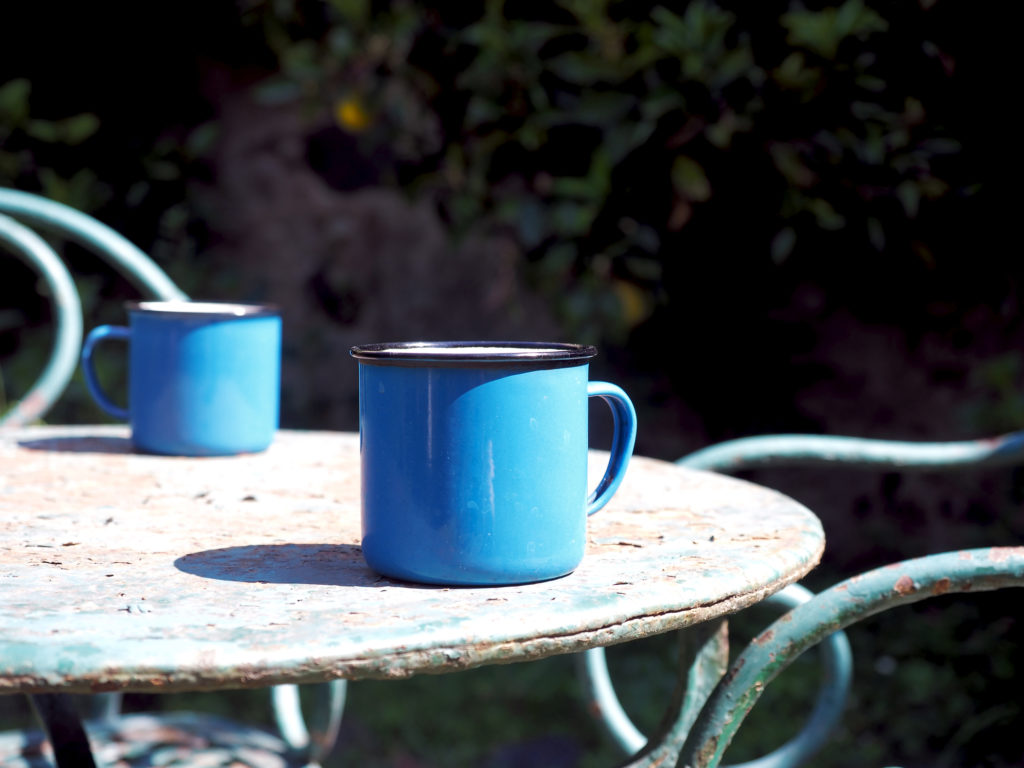
How to Remove Rust From Metallic Pieces of Furniture
- The first thing you have to remember is if the metallic part is attached to something. You have to be careful using commercial cleaners that can damage other types of surfaces. If the metallic part is detachable, then remove that first. Otherwise, cover these areas to protect them.
- Assess the damage of the rust. Does it only affect the surface or does it eat into the very structure of your material? From this, you can decide what to use to remove the rust. Light or surface rusts can be chipped off with sandpaper while hardened rusts can be dealt with using commercial rust cleaners.
- Protect your pieces of furniture by applying primer or paint.
What is the Best Rust Dissolver?
What is the fastest way to remove rust? In this part, we’ll explore different household and commercial items used to remove rust.
Does Toothpaste Remove Rust?
Toothpaste, especially the white and non-gel variant, can remove rust stains and surface rusts on silverware. Simply apply an ample amount to the rusty area for ten minutes and wash the residue away.
A word of caution: this may not work on built-up or really stubborn rust. You would need something stronger for those, such as commercial cleaning solutions.
Can Coke Remove Rust?
Carbonated drinks such as Coca-Cola or Pepsi are said to be effective in removing rust. Its components dissolve rust with metal oxide and break up the rust on a variety of meals. Phosphoric acid and citric acid contained in such drinks also make them an effective stain remover.
To use Coke to remove stains, soak your metallic items in a container of Coke for 24 hours. Afterwards, remove them from the container and rinse them with water. These drinks remove rust from just about anything, from coins to golf clubs.
How Do Vinegar and Baking Soda Remove Rust?
Rust reacts with white vinegar and effectively removes the rust. Simply soak the rusty object for 12 hours to a few days. This depends on how much rust has formed.
Afterwards, pour a solution of 1/2 baking soda and 1/2 water to neutralize any remaining vinegar on your object. After this step, you need to rinse it again in warm water before drying it.
Does WD-40 Remove Rust?
WD-40 is a type of commercial cleaner used to loosen rust from the metal surface. Most of them come in cans so you simply need to spray it on the affected surface and leave it on for ten minutes.
After this, you still have to manually remove the rust off your object. Since it’s a commercial cleaner, it is stronger and harsher than homemade cleaners so only use it on stubborn rust and sturdy materials.
Does Lemon Juice Remove Rust?
Lemon juice can be effective against rust but only if you mix it with coarse salt. Apply this mixture to the affected area for a few minutes before wiping it off. For a more potent solution, add several drops of vinegar.
Alternative to Cleaning Rusts
What if you find cleaning rusts boring or you simply don’t have time for it? Is there something else we can do to rusty surfaces?
When Should You Replace Rusty Items vs Clean Them?
Assess the damage done first and identify which type of rusting is happening. If it’s only surface rust, then it’s salvageable. Follow the steps we mentioned above to remove the pesky rust.
However, if you have detected the rust too late and it has taken over to the point of deterioration, then it’s time to replace that item. Rust degradation may cause parts of your item to fall off, which affects their functionality. When this is compromised, it’s time to throw it away.
Will Painting Over Rust Stop it?
The answer depends on how much damage the rust has done but it is highly recommended that you remove the rust first before applying a coat of primer or paint. This should be the last step when cleaning because simply painting over rust will not stop the material degradation caused by the rusting.
Quick Tips on Cleaning Rust off Everyday Objects
So now that you know how to remove rust off surfaces using different cleansers, what are important reminders you should keep in mind?
- Keep an arsenal of rust removal tools at your disposal. Wire brushes or metal cleaning pads are readily available in shops. Other items you may consider are rust removal kits and commercial rust cleansers.
- If you're tight on budget, raid your kitchen pantry for baking soda, vinegar, and lemons which can be good alternatives when commercial cleaners are not available.
- Clean your rusty pipes, car parts, etc. outside the home. Removing rust can be a messy affair and it's preferable to do it outdoors.
- Is there such thing as rust removal aftercare? Yes, there is! To prevent rusting, you can protect the surface with finishing wax, paint, or rust-free primer.
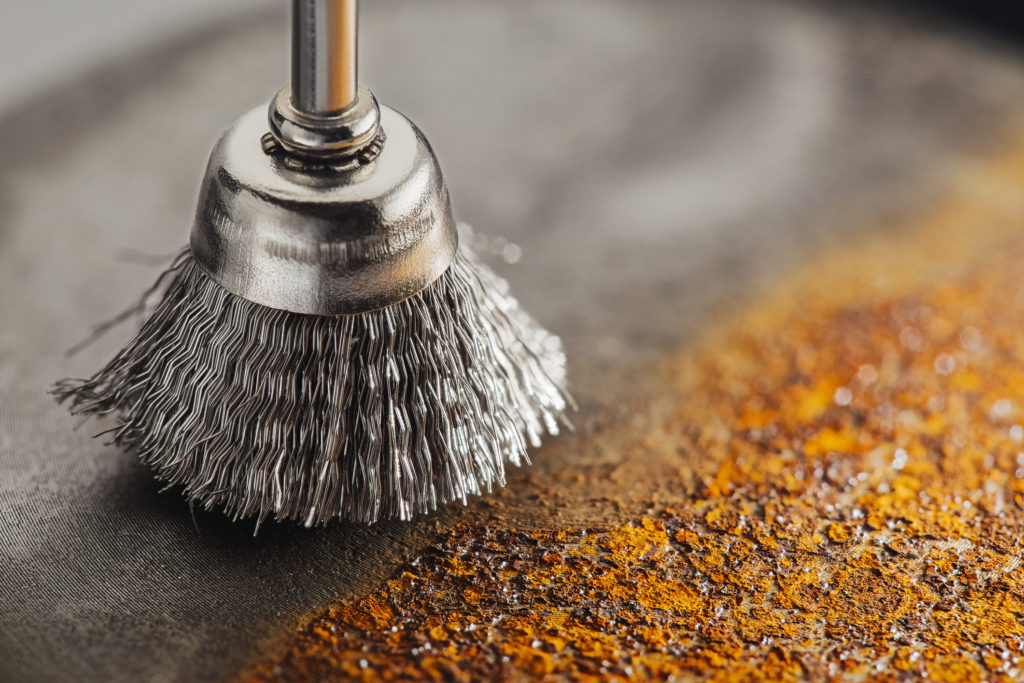
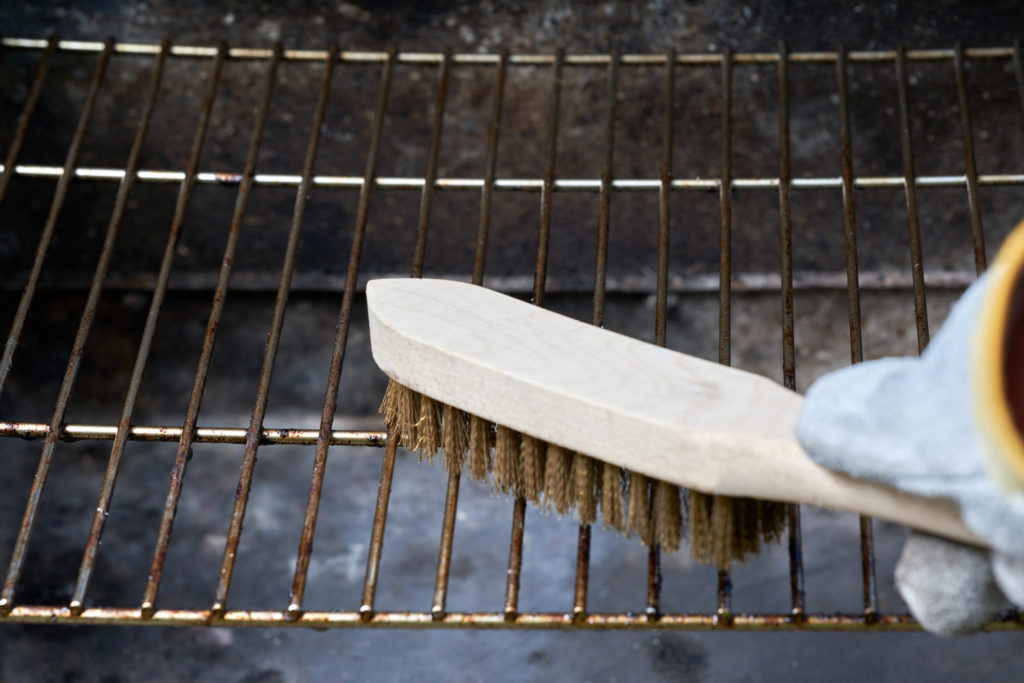
How do you Prevent Rusting?
You’re going to be saved a lot of trouble if you try to prevent rusting in the first place. Follow these pointers to save yourself the hassle of removing rust:
- Store your metallic items such as tools in a clean and dry place.
- Don't scratch household items made from iron. Cracks and scratches expose the material to water and other elements.
- Apply a protective coating on your metallic items. There are commercially available coatings to prevent rusting. They are safe to use on tools, car parts, and even outdoor gear.
- Consider galvanizing your tools. Galvanizing is coating your steel in liquid zinc, ensuring that they're rust-free for years.
- Do regular maintenance. Always check on your items if they're starting to rust. Pay extra attention to items or parts of your house always exposed to water, like the bathroom.
Are you well-stocked on rust removal items? Visit Woodie’s now for all the DIY products and tools you need for the job!
These methods serve as a guide only. We encourage you to take full caution when undertaking any project within the home.
Sean Hyland
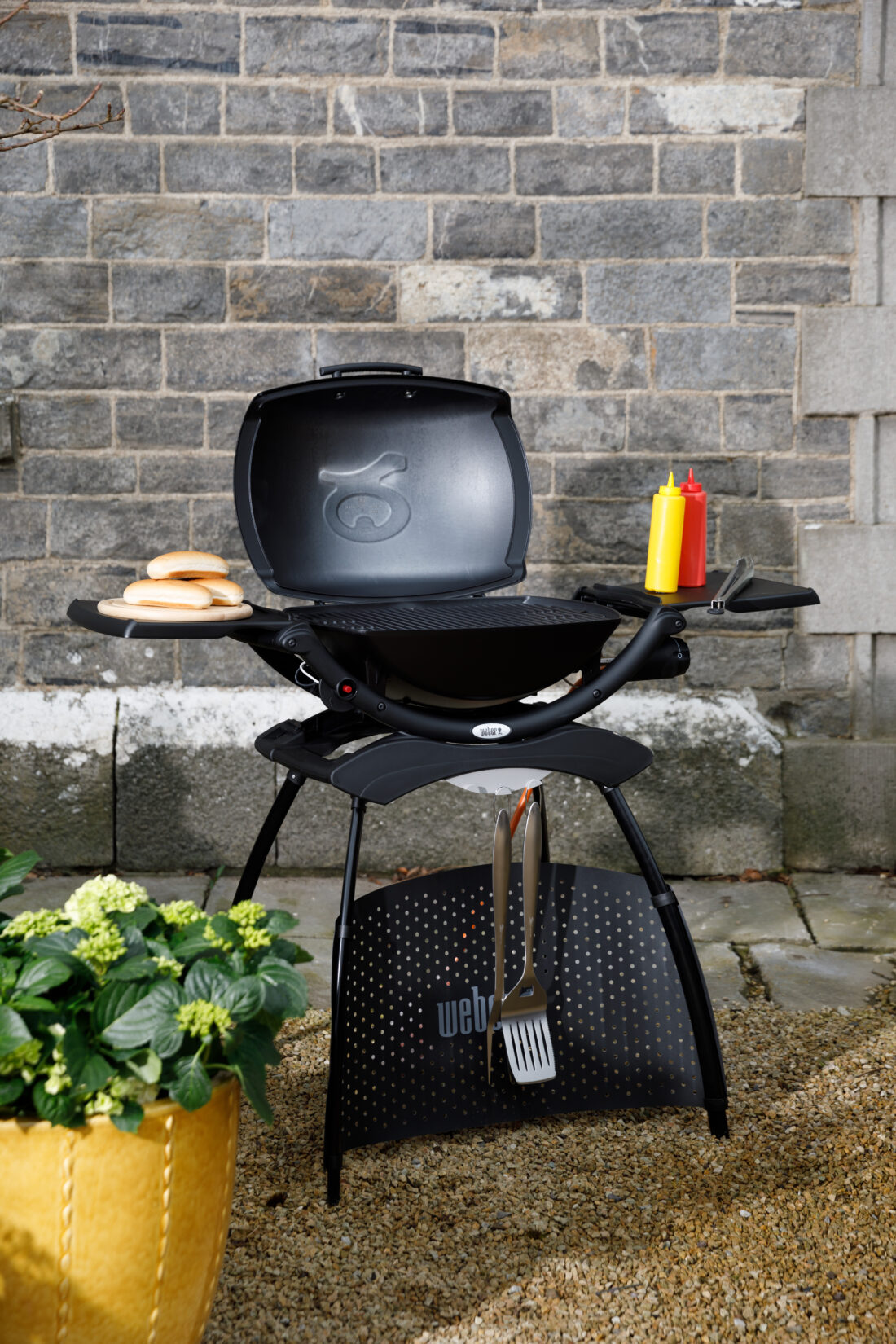
- Outdoor Living
How to Freshen up Your BBQ

- DIY & Building
Your Guide to Sanding Wood Floors to Bring Them Back to Life
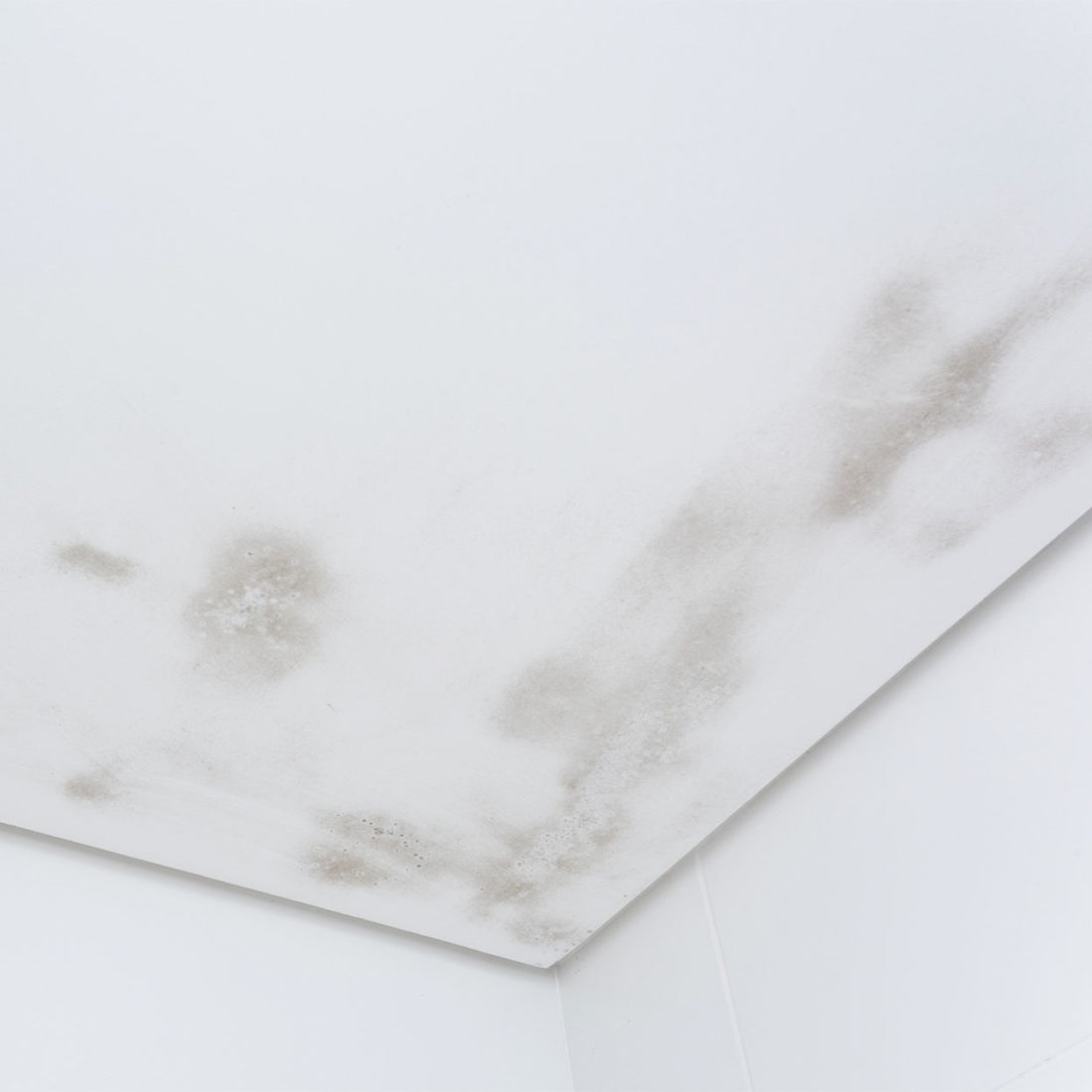
- DIY & Building
How to Safely Remove Damp and Mould From Ceilings
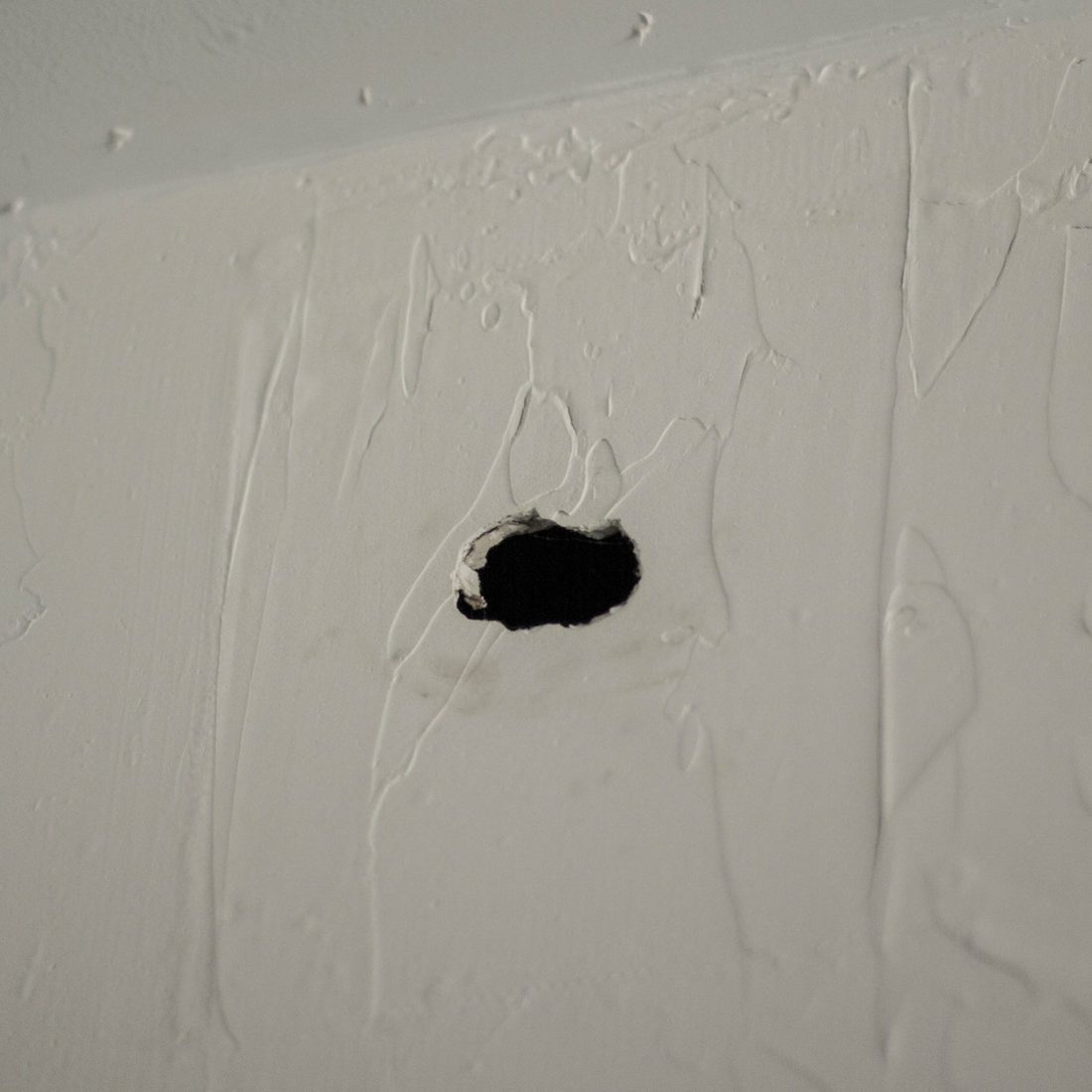
- DIY & Building
How to Repair a Crack or Small Hole in a Wall
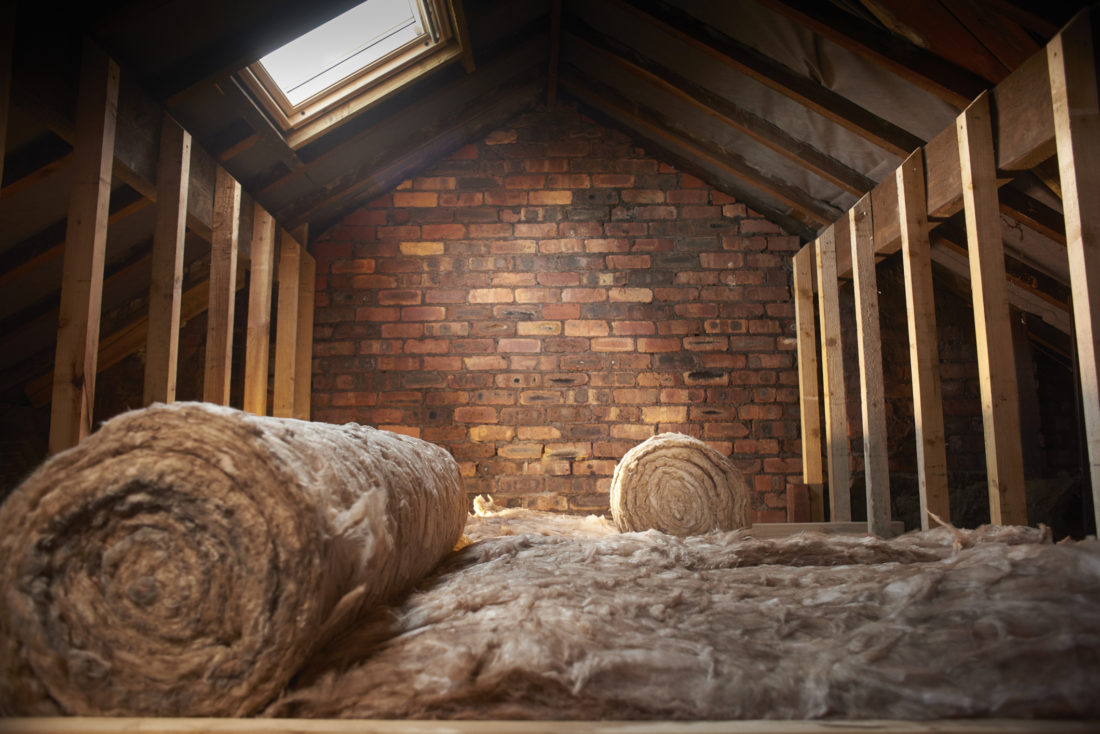
- DIY & Building
How to Insulate an Attic
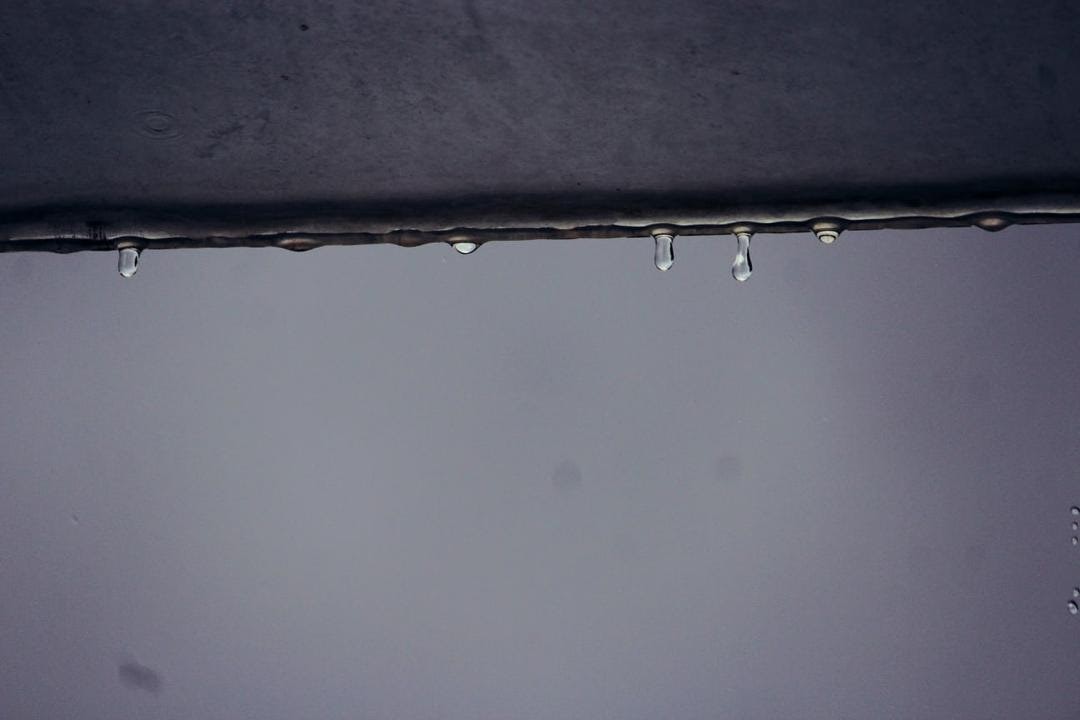
- DIY & Building
